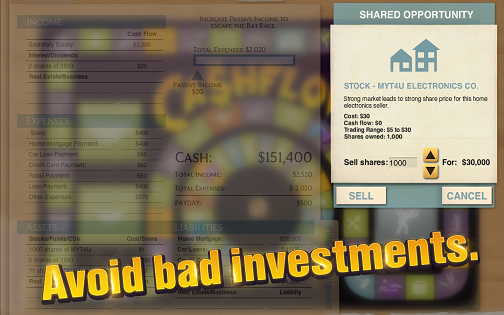

For this reason, the discount rate may differ for each cash flow. This is a simplified model because interest rates may fluctuate in the future, which in turn affects the yield on the bond. The present-value approach assumes that the bond yield will stay the same until maturity. In arbitrage-free pricing, multiple discount rates are used. In the present-value approach, the cash flows are discounted with one discount rate to find the price of the bond. Since the cash flows are dispersed throughout future periods, they must be discounted back to the present. Arbitrage-free pricing is used for bond valuation and to detect arbitrage opportunities for investors.įor the purpose of valuing the price of a bond, its cash flows can each be thought of as packets of incremental cash flows with a large packet upon maturity, being the principal. By doing so, a more accurate price can be obtained than if the price is calculated with a present-value pricing approach. Arbitrage-free pricing approach for bonds Īrbitrage-free pricing for bonds is the method of valuing a coupon-bearing financial instrument by discounting its future cash flows by multiple discount rates. The "no arbitrage" assumption is used in quantitative finance to calculate a unique risk neutral price for derivatives. An arbitrage equilibrium is a precondition for a general economic equilibrium. If the market prices do not allow for profitable arbitrage, the prices are said to constitute an arbitrage equilibrium, or an arbitrage-free market.
CASHFLOW GAME FREE PLUS
In the sense used here, it was first defined in 1704 by Mathieu de la Porte in his treatise " La science des négociants et teneurs de livres" as a consideration of different exchange rates to recognise the most profitable places of issuance and settlement for a bill of exchange (" L'arbitrage est une combinaison que l’on fait de plusieurs changes, pour connoitre quelle place est plus avantageuse pour tirer et remettre".) Arbitrage-free "Arbitrage" is a French word and denotes a decision by an arbitrator or arbitration tribunal (in modern French, " arbitre" usually means referee or umpire). People who engage in arbitrage are called arbitrageurs ( / ˌ ɑːr b ɪ t r ɑː ˈ ʒ ɜːr/).Īrbitrage has the effect of causing prices of the same or very similar assets in different markets to converge. The term is mainly applied to trading in financial instruments, such as bonds, stocks, derivatives, commodities, and currencies. In academic use, an arbitrage involves taking advantage of differences in price of a single asset or identical cash-flows in common use, it is also used to refer to differences between similar assets ( relative value or convergence trades), as in merger arbitrage. In principle and in academic use, an arbitrage is risk-free in common use, as in statistical arbitrage, it may refer to expected profit, though losses may occur, and in practice, there are always risks in arbitrage, some minor (such as fluctuation of prices decreasing profit margins), some major (such as devaluation of a currency or derivative). For example, an arbitrage opportunity is present when there is the possibility to instantaneously buy something for a low price and sell it for a higher price. When used by academics, an arbitrage is a transaction that involves no negative cash flow at any probabilistic or temporal state and a positive cash flow in at least one state in simple terms, it is the possibility of a risk-free profit after transaction costs. In economics and finance, arbitrage ( / ˈ ɑːr b ɪ t r ɑː ʒ/, UK also /- t r ɪ dʒ/) is the practice of taking advantage of a difference in prices in two or more markets striking a combination of matching deals to capitalise on the difference, the profit being the difference between the market prices at which the unit is traded.

Unsourced material may be challenged and removed. Please help improve this article by adding citations to reliable sources.

This article needs additional citations for verification.


 0 kommentar(er)
0 kommentar(er)
